I was trying to design a Chebychev high pass filter of 400MHz corner bandwidth, 0.2db ripple and 5 poles.
I am confused with the proposed design in this filter design calculator. This calculator asks for the characteristic impedance of the filter input and output. Then it draws a schematic with a resistor in series at the input and a resistor in parallel at the output, with the values corresponding to the given impedances above.
In general, does it mean that one have to physically introduce these resistors in the circuit ? (I'm surprised)
same question if you use coaxial cables at the input and the ouput, and you enter a value of 50 Ohm for the characteristic impedances.
in 2. above, assuming you have not to introduce any resistor, why is the input resistor of their schematic in series and not in parallel (a parallel resistance would by what is seen by the input no?)




